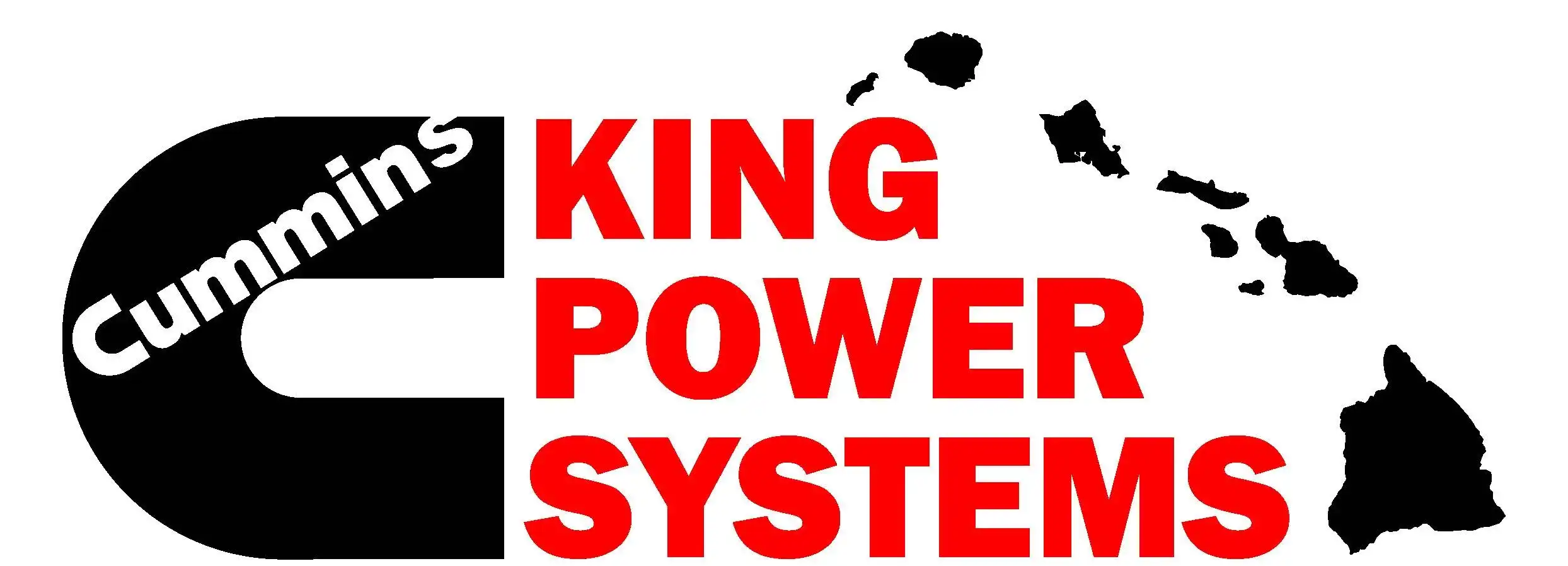Ban on Spinner Dolphin Approach Proposed

Spinner dolphins 8.21.16. Photo credit: Kevin Roe
Commercial swim-with-dolphin programs would lose their main draw if a ban is passed that seeks to prohibit approaching Hawaiian spinner dolphins within 50 yards by any means.
The National Oceanic and Atmospheric Administration proposed the new rule, which has also gained the support of the state Department of Land and Natural Resources.
According to NOAA reports, the business of viewing marine mammals brought in an estimated $1 billion in 2008.
“It has even been reported that the United States has the world’s largest marine mammal viewing industry with approximately five million participants – 250,000 of which specifically view dolphins,” according to NOAA, which cited a 2009 report for the International Fund for Animal Welfare.

Spinner dolphins 8.21.16. Photo credit: Kevin Roe
The National Marine Fisheries Service expressed concern that the health of Hawaiian spinner dolphins “could be negatively affected by these daily close encounters with humans and watercraft.”
“Unlike most other whales and dolphins, Hawaiian spinner dolphins have a unique characteristic where they rest during the day, and hunt and feed at night. At dusk, spinner dolphins move offshore to hunt for fish, shrimp, and squid. At dawn the dolphins return to calm shallow coves and bays to rest, socialize and tend to their young. Interruptions to this daily resting period could have long term consequences for the animals. Like humans, these dolphins need their rest to stay healthy,” the NOAA report: “Reducing Human Disturbance to Wild Dolphins” stated.
Bruce Anderson, administrator of DLNR’s Division of Aquatic Resources said, “We believe NOAA’s preferred option is reasonable. Two of the five initial alternatives involved closing off entire areas designated as essential daytime habitats. We felt that was going a little too far, but we can support approach rules and eliminating swim-with-dolphins activities.”
Anderson noted that the public comment period for the proposed rule ends October 23, 2016. “We intend to comment,” he said.
“The proposed regulations would be in effect within two nautical miles of the main Hawaiian Islands, and within certain designated waters between Maui, Lanai, and Kahoolawe. We will recommend NOAA expand that beyond two miles, all the way out to the limit of the Exclusive Economic Zone, which is 200 miles from shore. We don’t see a rationale for a two-mile limit,” said Anderson.
Anderson said he also hopes NOAA will develop a plan to monitor the effectiveness of the proposed rule, once it goes into effect.




_(2)_1750879698184.webp)


